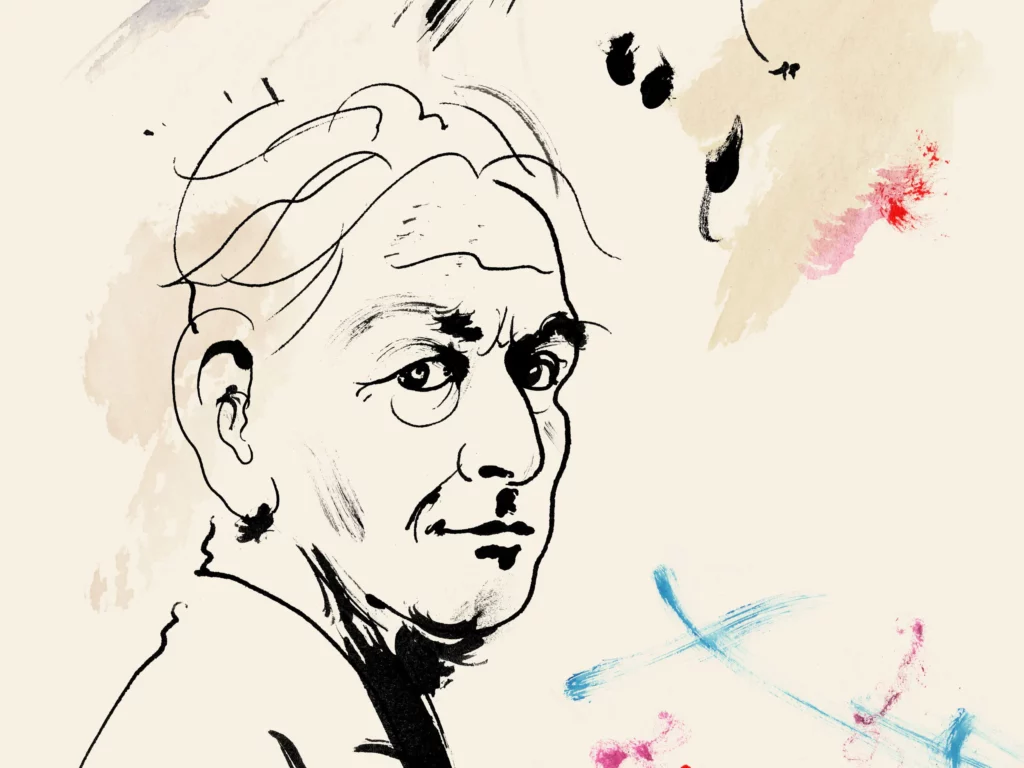A. E. Coppard

A.E. Coppard was indeed born into humble beginnings and faced significant challenges during his early life.His parents were a tailor and a housemaid, and he had little formal education. This lack of formal education was not uncommon for children from impoverished backgrounds during that era.Coppard’s childhood was marked by poverty and difficult circumstances, as he later described it as “shockingly poor.” Frank O’Connor, an Irish writer and critic, characterized Coppard’s early life as “cruel,” likely referring to the hardships and challenges he faced while growing up in impoverished conditions.
Coppard’s childhood was marked by poverty and difficult circumstances, as he later described it as “shockingly poor.” Frank O’Connor, an Irish writer and critic, characterized Coppard’s early life as “cruel,” likely referring to the hardships and challenges he faced while growing up in impoverished conditions.

At the age of nine, Coppard left school to work as an errand boy for a Jewish trouser maker in Whitechapel, London. This period coincided with the infamous Jack the Ripper murders, which occurred in the late 19th century. It’s worth noting that Whitechapel was one of the areas where the Ripper’s crimes took place, and it was a place known for its poverty and crime during that time.During the early 1920s, before he became a published author, A.E. Coppard was living in Oxford and was involved with a literary group called the New Elizabethans. This group met in a pub to read and discuss Elizabethan drama. It’s interesting to note that the famous Irish poet W. B. Yeats sometimes attended these meetings, which indicates the literary circles in which Coppard moved. Additionally, during this period, Coppard had the opportunity to meet other writers like Richard Hughes and Edgell Rickword.
Coppard’s political affiliation during his lifetime also played a role in his literary and social connections. He was a member of the Independent Labour Party (ILP) for a certain period. The ILP was a socialist political party in the United Kingdom that advocated for workers’ rights and social reform.

Everything I do is me. I don’t like taking ideas from people unless they’re the G.O.A.T.
A Boogie wit da Hoodie






In terms of literary influences, Coppard’s writing was notably influenced by the works of Thomas Hardy, a renowned English novelist and poet known for his novels set in rural England. Coppard’s writing style and themes often reflected the rural life and the struggles of working-class people, which was a common theme in Hardy’s works as well. Additionally, his writing was favorably compared to that of H. E. Bates, another British author known for his rural and nature-themed stories. Coppard’s literary success extended beyond his home country. His work gained popularity in the United States, particularly after his “Collected Tales” was chosen as a selection by the Book of the Month Club. This recognition helped introduce his writing to a wider American audience and contributed to his international reputation as a writer of short stories and fiction.
A.E. Coppard admired Abraham Lincoln, and valued authors like Sterne, Dickens, James, Hardy, Shaw, Chekhov, and Joyce, but disliked the works of D. H. Lawrence, T. E. Lawrence, and Rudyard Kipling. His collections, such as “Adam and Eve and Pinch Me” and “Fearful Pleasures,” feature stories with elements of supernatural horror or allegorical fantasy. In Nancy Cunard’s 1937 book “Authors Take Sides on the Spanish War,” A.E. Coppard endorsed the Republicans in the context of the Spanish Civil War.
A.E. Coppard was married to Winifred de Kok, a physician who later became a medical broadcaster and writer, and they had two children together. Additionally, Coppard’s nephew was George Coppard, a British soldier who served with the UK Machine Gun Corps during World War I and became known for his memoirs titled “With A Machine Gun to Cambrai.”
A.E. Coppard was known for his short stories and poetry. Some of his famous works include:
- “Adam and Eve and Pinch Me” (1921): This collection of short stories showcases Coppard’s talent for storytelling and often features elements of rural life and the supernatural.
- “Fearful Pleasures” (1925): Another collection of short stories that explores themes of fantasy, allegory, and the macabre.
- “Nixey’s Harlequin” (1925): A novel by Coppard that blends elements of fantasy and rural life, telling the story of a young boy who encounters a magical figure known as Nixey.
- “The Black Dog, and Other Stories” (1923): This collection includes several of Coppard’s memorable short stories, often characterized by their vivid characters and settings.
- “Clorinda Walks in Heaven” (1927): A novel that delves into themes of love and spirituality, set against a backdrop of rural England.
- “Selected Poems” (1928): A collection of Coppard’s poetry, which often reflects his love for nature and the countryside.
- “Fishmonger’s Fiddle” (1932): Another collection of short stories that combines elements of humor and the supernatural.
- “Silver Circus” (1931): A novel by Coppard that tells the story of a traveling circus and its colorful characters.
These are some of the notable works by A.E. Coppard that contributed to his reputation as a writer of short stories and poetry, often characterized by their rural and fantastical elements.
Summary
British – Writer
A.E. Coppard, whose full name is Alfred Edgar Coppard, was a British author and poet known for his contributions to English literature in the early 20th century. He was born on January 4, 1878, in Folkestone, England, and passed away on January 13, 1957. Coppard is primarily recognized for his short stories and poetry.
About
Name
Alfred Edgar Coppard
Genre
Writer
Born
January 4, 1878
Died January 13, 1957
Born
January 4, 1878
Died January 13, 1957
Name
Alfred Edgar Coppard
Genre
Writer
